Museo del Pulque y las Pulquerías
Explore the history of Mexico's lesser-known ancient alcoholic beverage.
Pulque is a mildly alcoholic traditional beverage of Mexico. It’s made from the fermented sap of the agave plant, the spindly succulent whose core is roasted, shredded, fermented, and distilled to make tequila and mezcal. While the latter two beverages are quite popular around the world, pulque has remained a lesser-known relic from the era of the Aztecs. In recent years, however, it has enjoyed a revival in Mexico City: In addition to the many pulquerías sprouting up that serve the brew, the city is now also home to a museum that celebrates its history.
Mexican people have been drinking pulque for centuries, since long before the 1519 Spanish invasion. In the pre-Hispanic Aztec world, however, pulque was tightly regulated: In ancient Tenochtitlan (modern-day Mexico City), you could be executed for public drunkenness.
To make pulque, the central core of the agave plant is carved out; the sap flows into the cavity where ambient yeasts initiate fermentation. Within hours, you have pulque, a relatively sour, milky white beverage. If it is kept for a day or so too long, it goes bad and develops off-flavors, which is why any pulque that reaches another country, such as the United States, is likely pasteurized to avoid spoilage and therefore lacks the natural flavors that make pulque interesting to drink.
The recently opened Museo de Pulque in Mexico City provides a historical overview of this indigenous brew from the early days to its current revival. The museum features materials used to scrape the core of the agave plant and drain the sap, various tools for filtering the fermented liquid, and pulque containers, including a large pig skin. Diagrams and photographs chart the steps in the production of pulque and the history of the beverage. All around the museum are parade-quality papier-mâché figures of supernatural beings, lending a surreal feel to the exhibition space.
Naturally, the museum also includes a pulque bar (pulquería) downstairs. Your ticket to the museum will get you a shot of the drink. You’ll probably want more, as this is some of the best pulque you will find in Mexico City.
Know Before You Go
Though many of the exhibited artifacts are self-explanatory, the informative signs are in Spanish, so if you don’t speak the language, load Google Translate onto your phone and use the photo function to translate. The museum is located right next to the Hidalgo metro stop. Admission is 20 pesos (about $1).

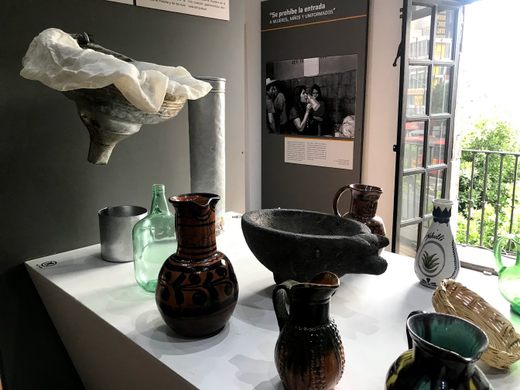

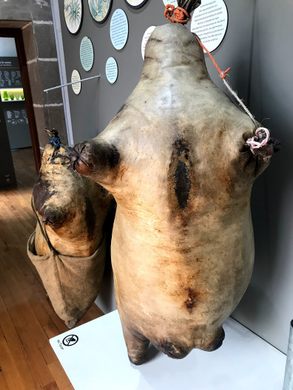



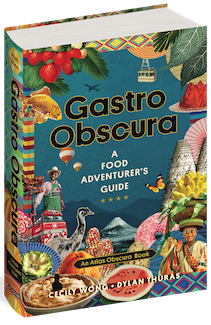



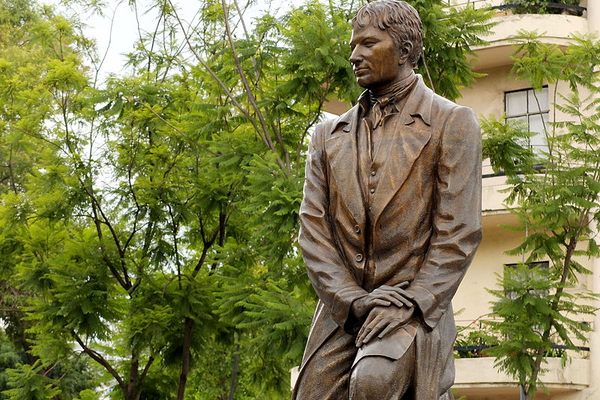
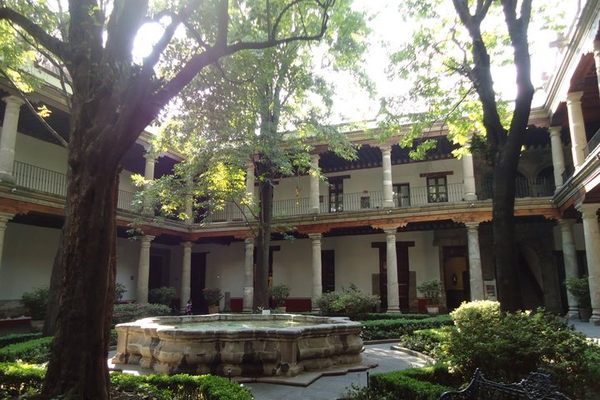
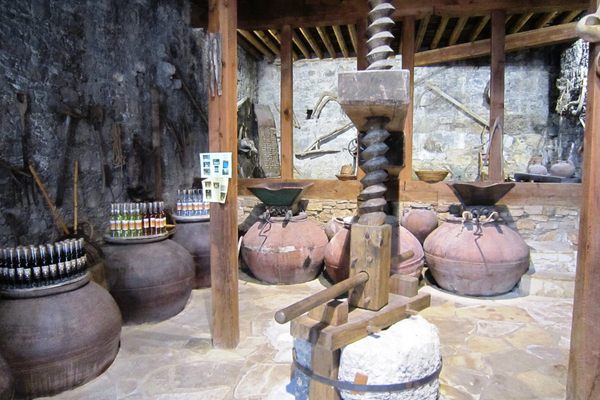





Follow us on Twitter to get the latest on the world's hidden wonders.
Like us on Facebook to get the latest on the world's hidden wonders.
Follow us on Twitter Like us on Facebook